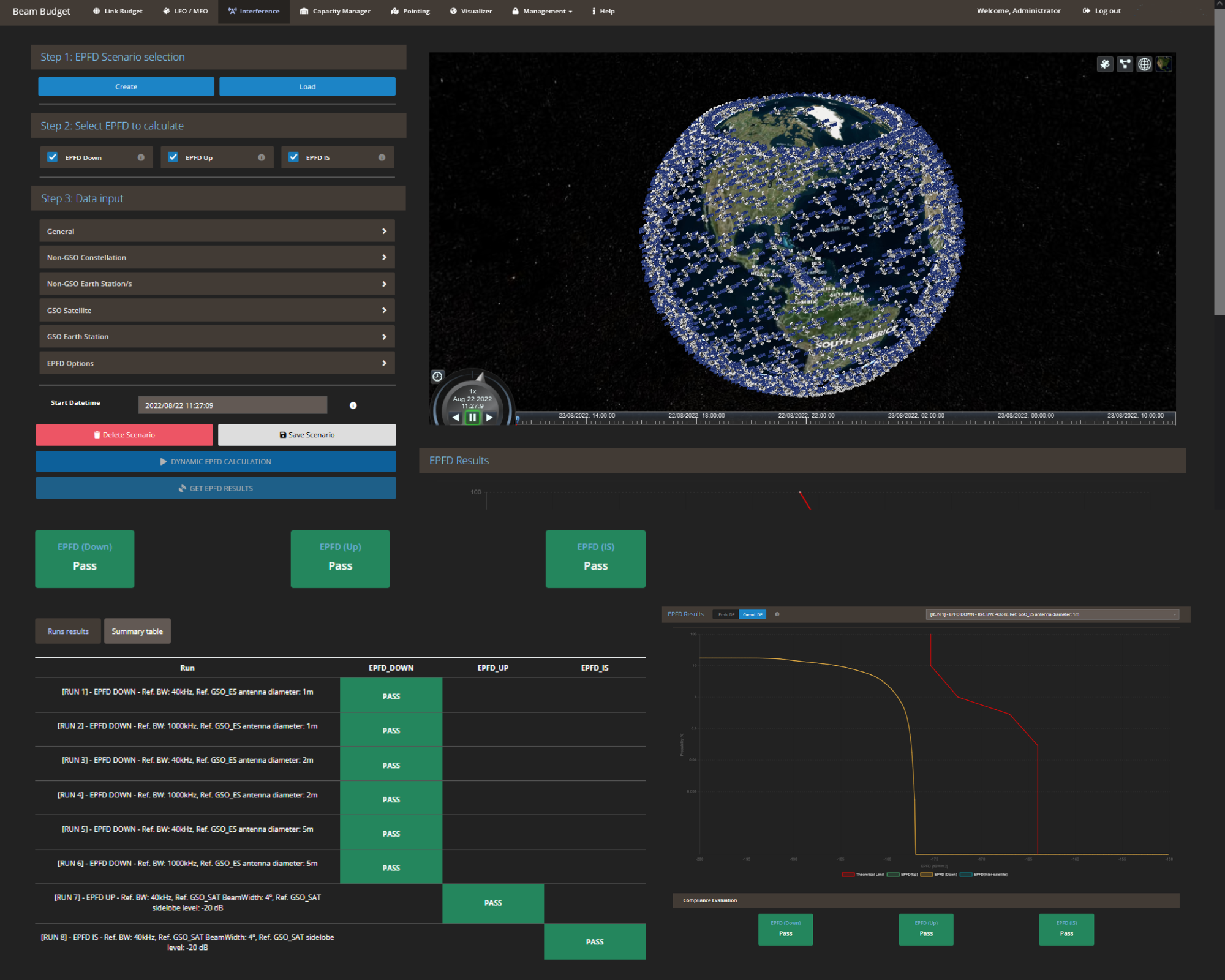Capacity Management and ITU Filing Process Automation Across Multi-orbit Networks
 applications.
applications.-----------------------------------------------

Alvaro Sanchez is the CEO of Integrasys and Marquess of Antella (Noble Title from 17th century in Spain). Alvaro is a Software and Industrial engineer by European University and holds a Master Degree in Management, Sales & Marketing from ESIC Business School. Alvaro during the last 10 years has worked at Integrasys as Management, Sales Director and Executive roles where he was very successful in growing the sales, revenue, profit and responsibilities within the company; and previous to that he was working at CERN European Organization for Nuclear Research as a RF Engineer measuring timing in a Nanosecond Synchronization for measuring the Neutrino Speed. The Noble Title that he hosts, is coming in his heritage from 1649 from his ancestor Nicolo Palavicino, given by Phillip IV in Sicily for the Antella region near Florence. He can be reached at alvaro.sanchez@integrasys-sa.com





